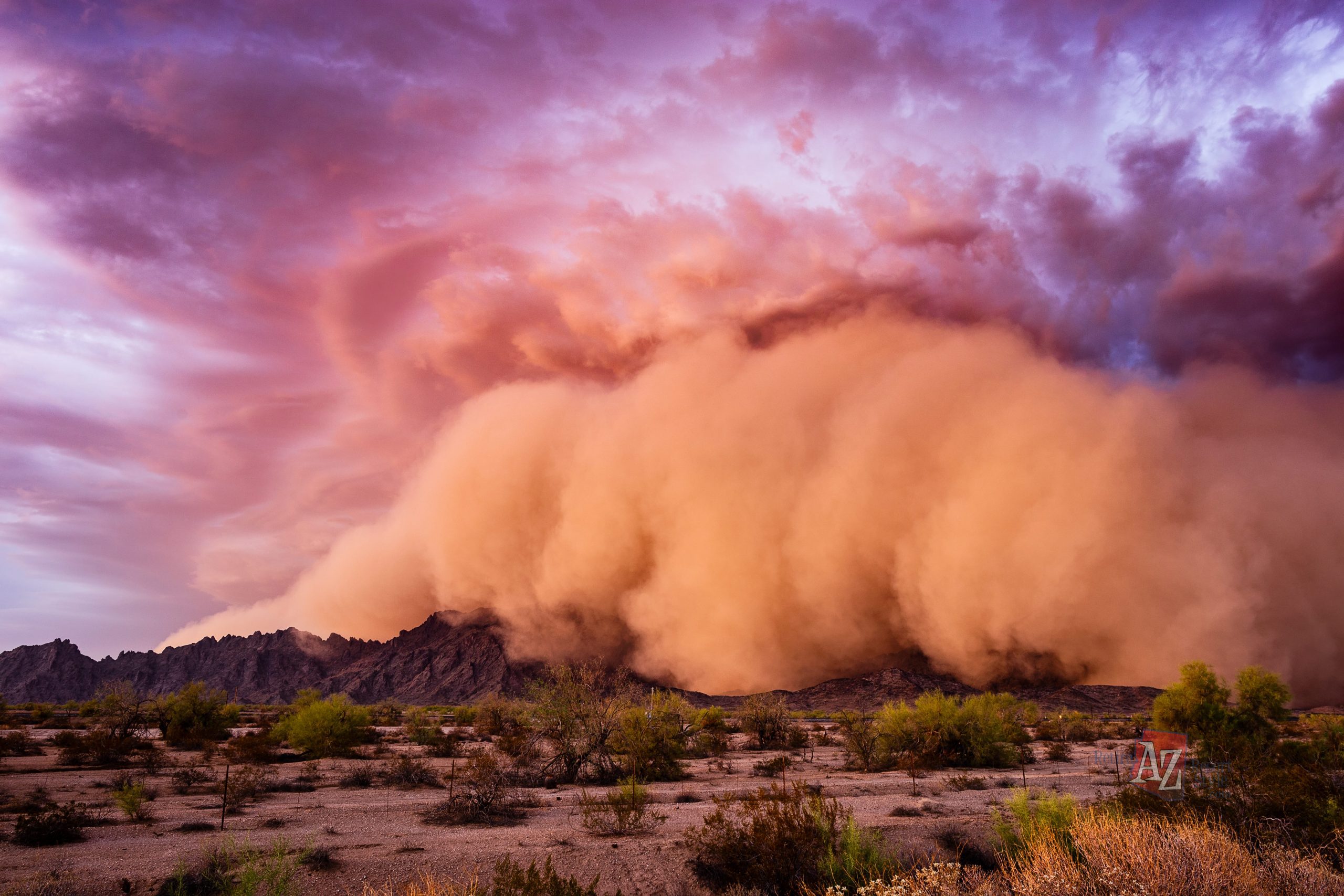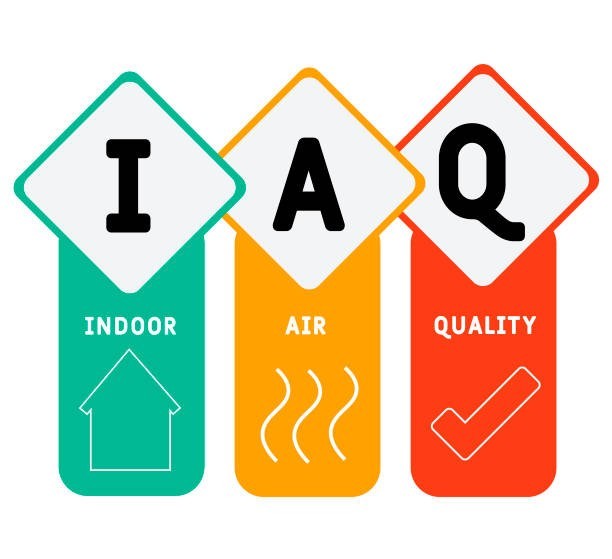How an AC Unit Handles Dust Storms
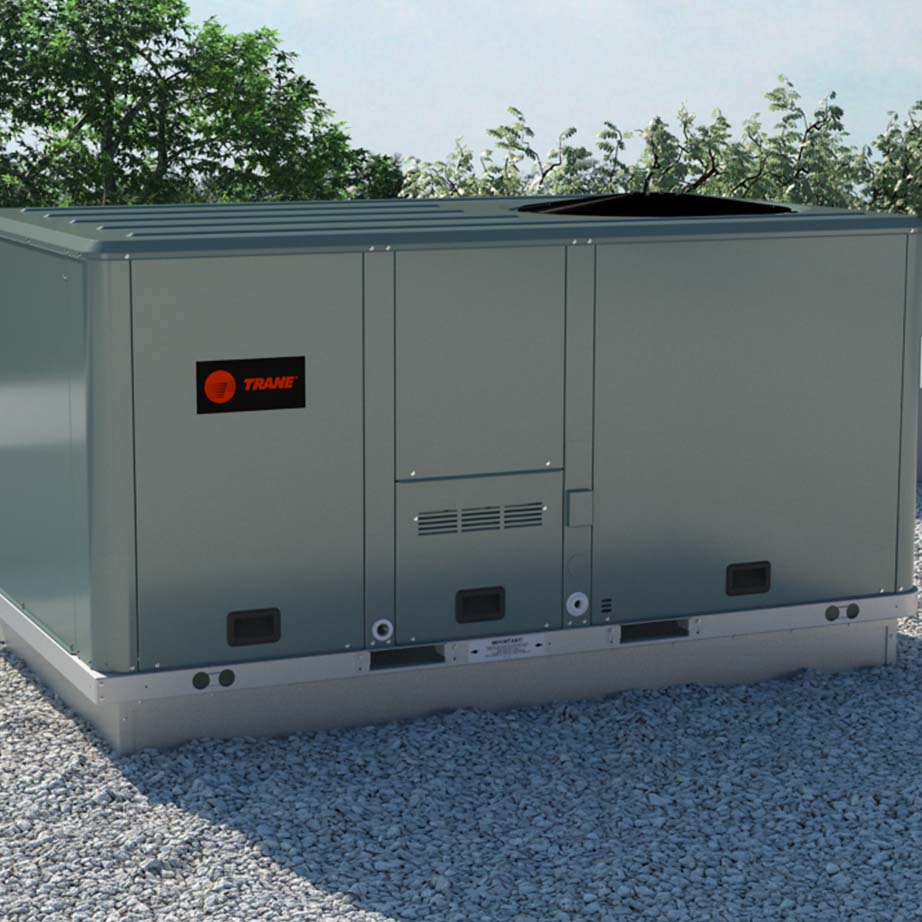
When was the last time you provided proper maintenance to your AC Unit? As you remain indoors, away from the blistering summer sun and the dusty monsoon season in Phoenix. Make sure to change your air filters every month during the monsoon season. By changing your air filters, you’re receiving great indoor air quality.
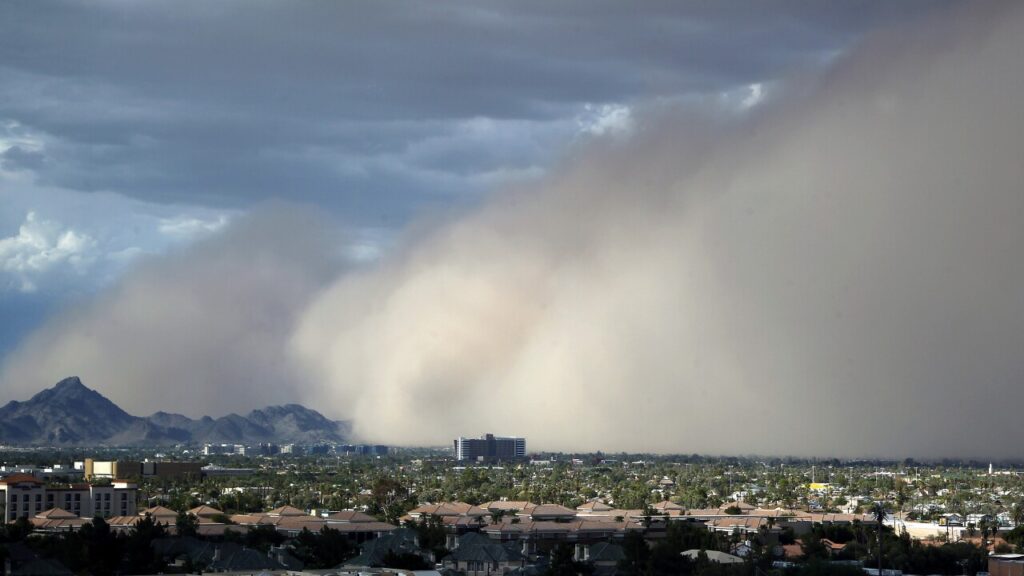
In Arizona, during the summer, we experience the Arizona Monsoon—a wild phenomenon characterized by strong winds, intense thunderstorms, and towering dust clouds. Newcomers and even long-time residents often wonder how this dust storm may have affected their air conditioning systems.

AC Unit and Summer Sun
During dust storms and summer sun your air conditioner effectively handles the outdoor conditions. Designed to operate outdoors, your AC unit can withstand monsoon season. The outdoor components of your air conditioner function as closed systems, preventing dust from entering the unit. Any dust that appears in your home is likely to have come in through small gaps around windows, trims, and doors. Even with a well-sealed house, dust particles can manage to sneak in.
While the summer sun does not damage the AC unit itself, it is important to ensure proper maintenance is done so that the unit itself can withstand the dust.
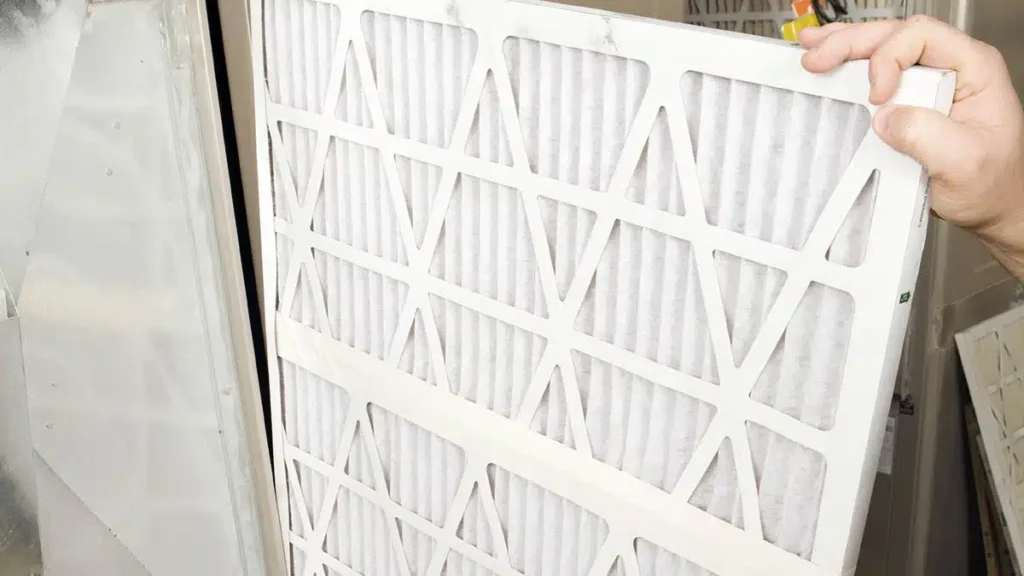
- Changing Your Air Filters: Dust storms can cause filters to clog, obstructing airflow. When this occurs, your air conditioner cannot draw in room air for cooling, resulting in malfunction. If left unattended, clogged filters may lead to a complete breakdown of your AC unit. During Arizona summers, when monsoon storms occur frequently, you should consider swapping out your filters after such an event, even if only a little dust has gotten in. A washable electrostatic air filter can help you save money but also provide great indoor air quality.
- Clean your outside unit: Turn off the power to your outdoor unit and rinse it off with a garden hose once the dust clears. Focus on cleaning the small fins around the unit for optimal performance. The outdoor unit relies on these fins to release heat from the refrigerant effectively. If dust accumulates between them, it can interfere with this process. A good clean will remove dust and enhance airflow to your unit.
- Check your ducts: Strong winds can cause your ducts to loosen, creating gaps that may affect your indoor air quality. It’s essential to inspect and maintain your ductwork after such events. If you find open ducts, you can securely fasten them with screws or tape the seams. Sagging ducts should be tied up to reduce strain on their connections.
- Flushing the condensation line: You might not need to flush the condensation line of your air handler, depending on its location, but it’s a simple task that only takes a few minutes. During a storm, like other parts of your home, the condensation line can get dusty. To clean it out, first, detach the line from your AC, then run water through it until the water flows out. If you’re in Arizona, consider installing a clean-out on hard-to-reach lines.
- Evaporator Coil: You can access your air handler’s evaporator coil without interference from the build, and it’s essential to check for dust accumulation while clearing the condensation line. Keeping the coil clean enhances your air conditioner’s performance. If it appears dirty, consider cleaning it yourself or hiring a professional.
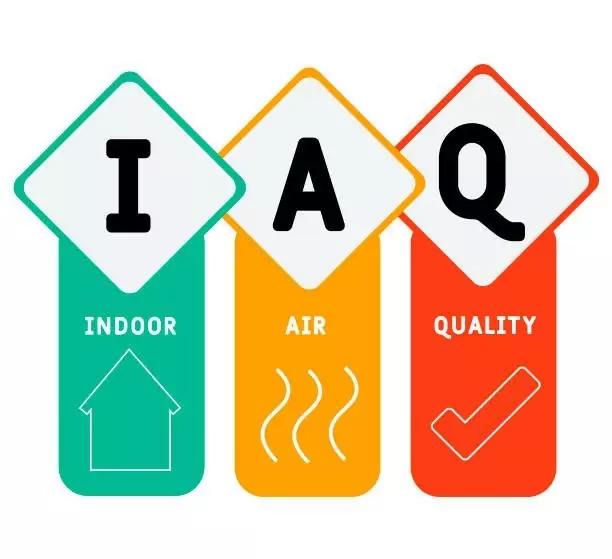
We’re Here To Help!
Your AC Unit is a vital piece of equipment during the summer sun and monsoon season, so make sure you take good care of it right after a dust storm to keep it running strong. Ensure you change your air filters every month to maintain good indoor air quality. If you’re unable to service your unit because it’s hard to reach, or you’d rather have a professional air conditioning technician handle your maintenance, contact Arizona Valley Heating & Cooling!

